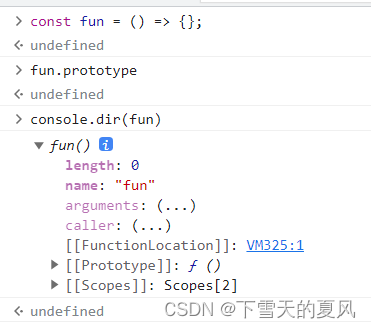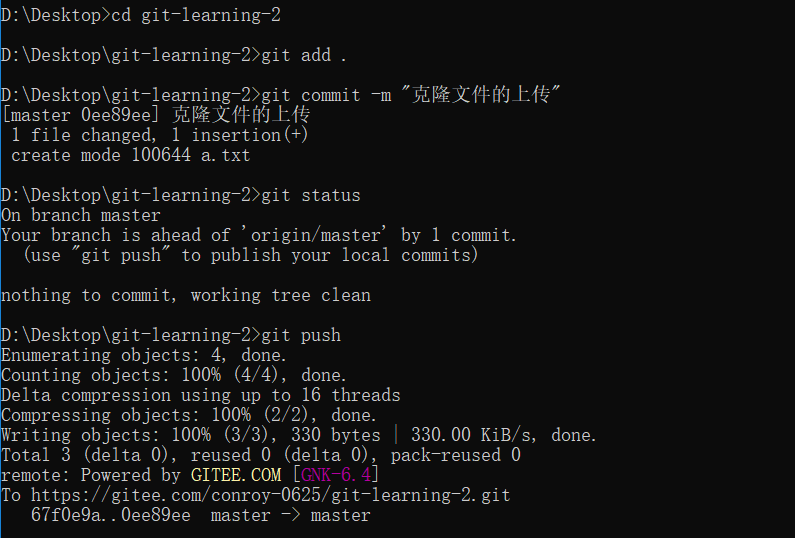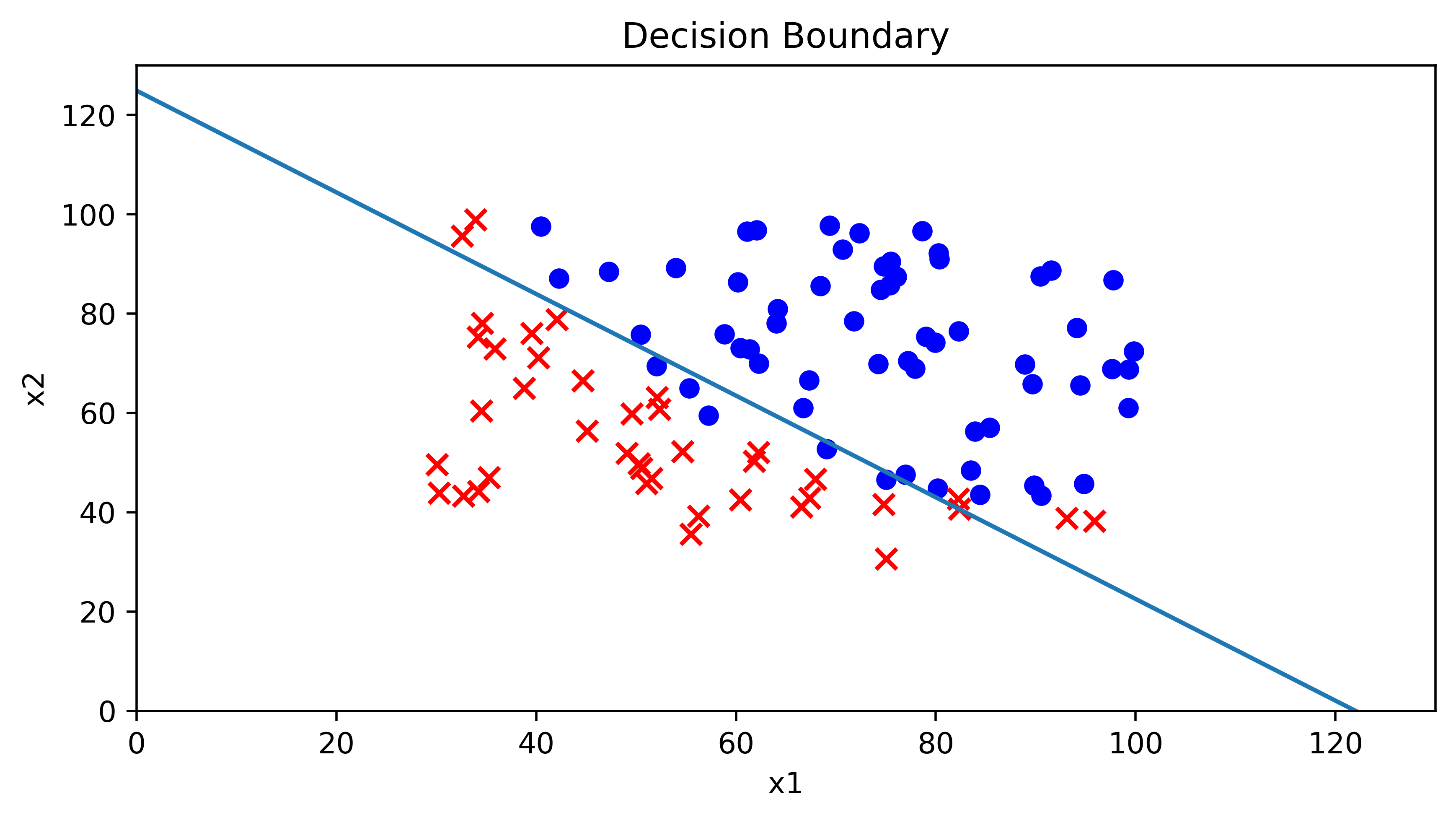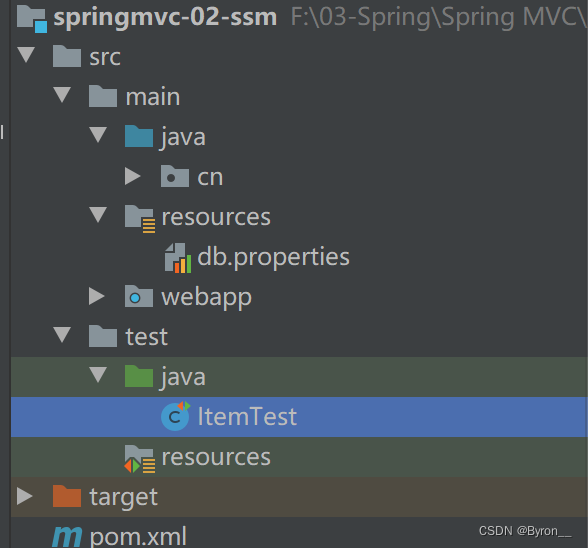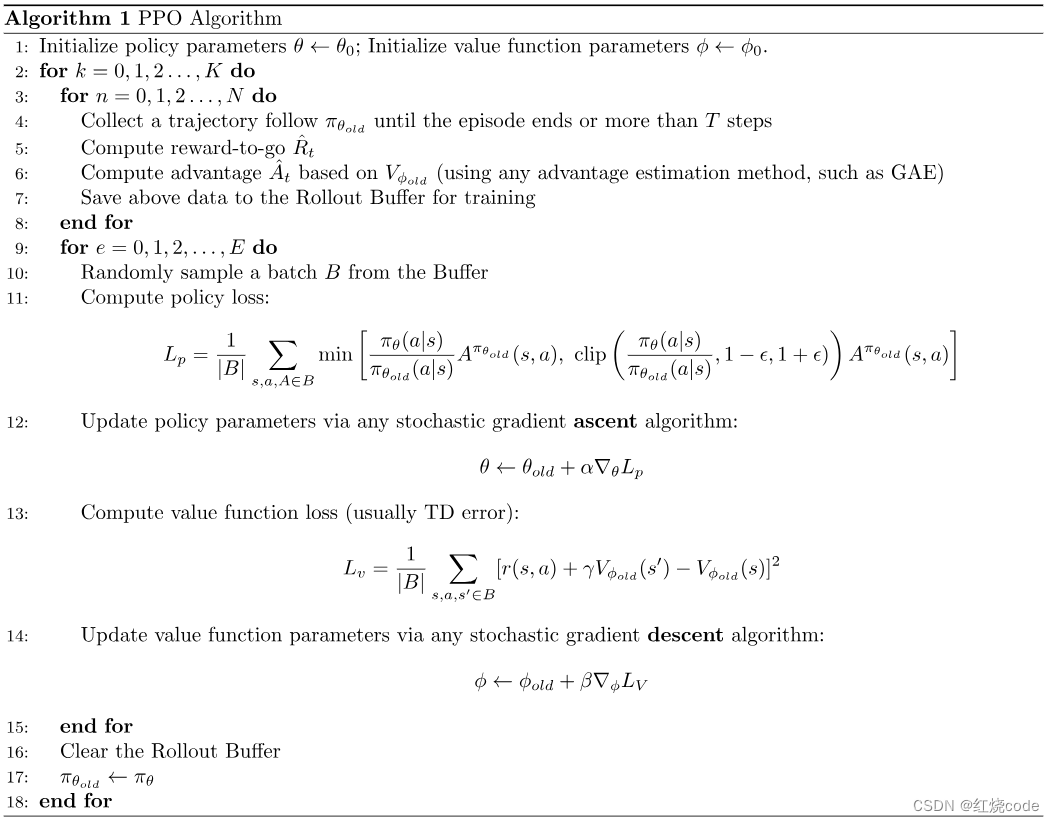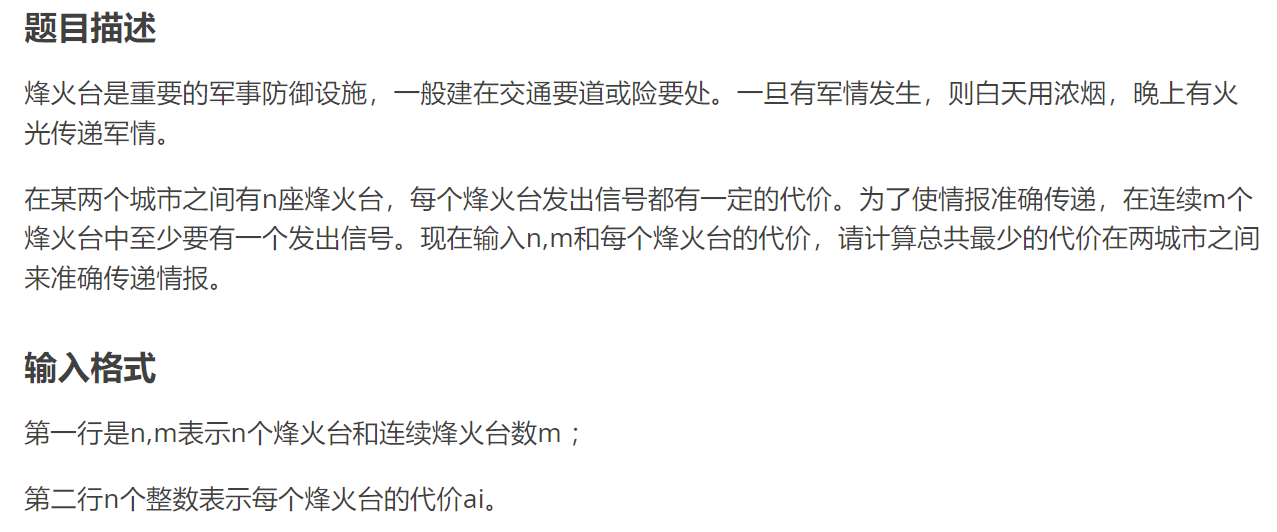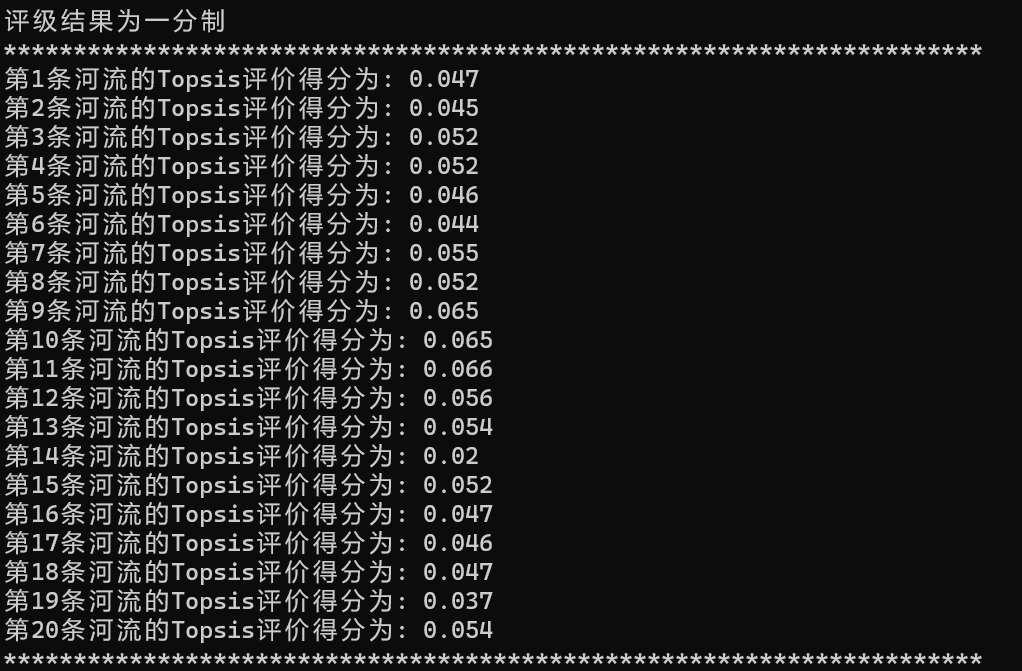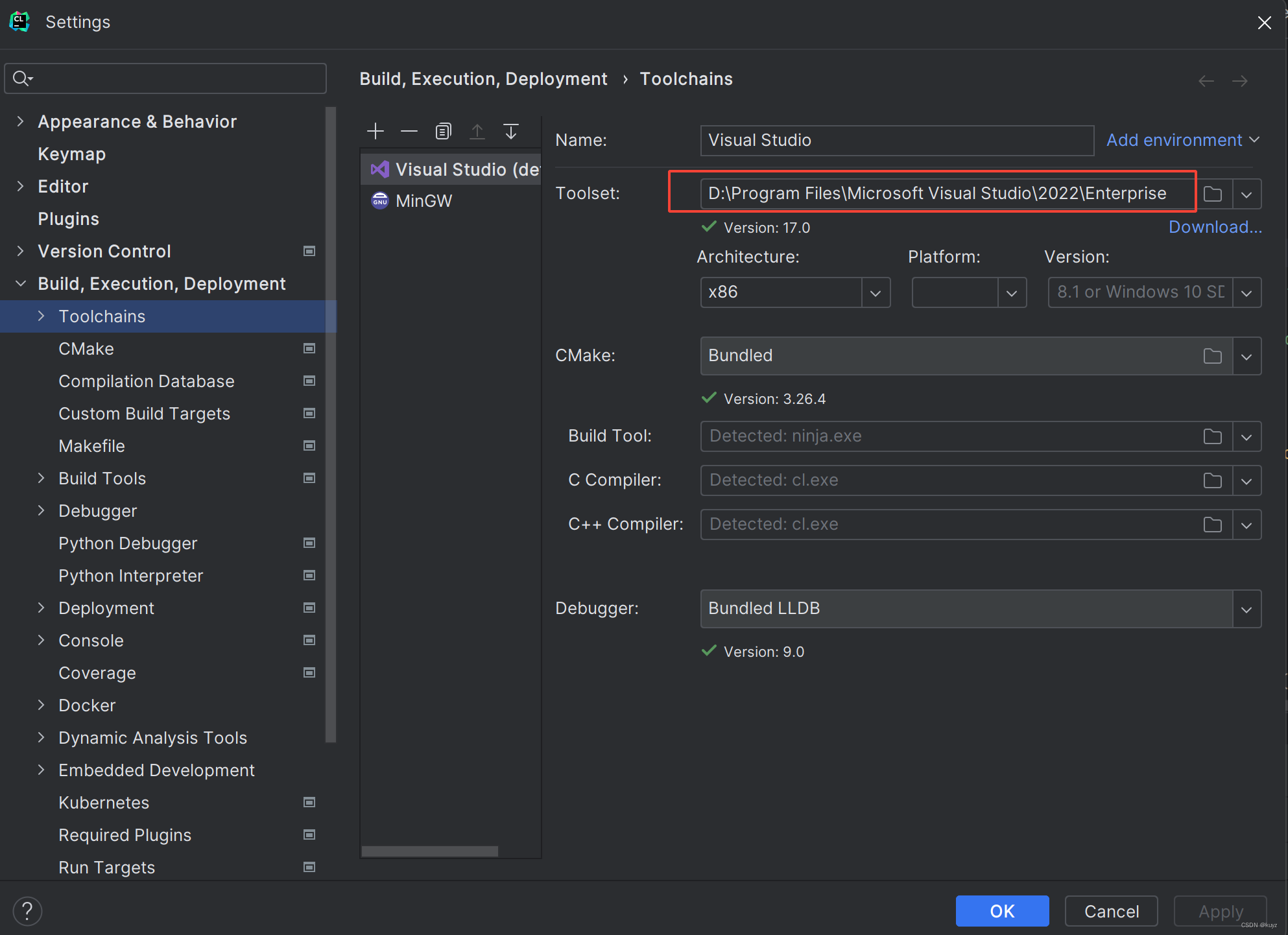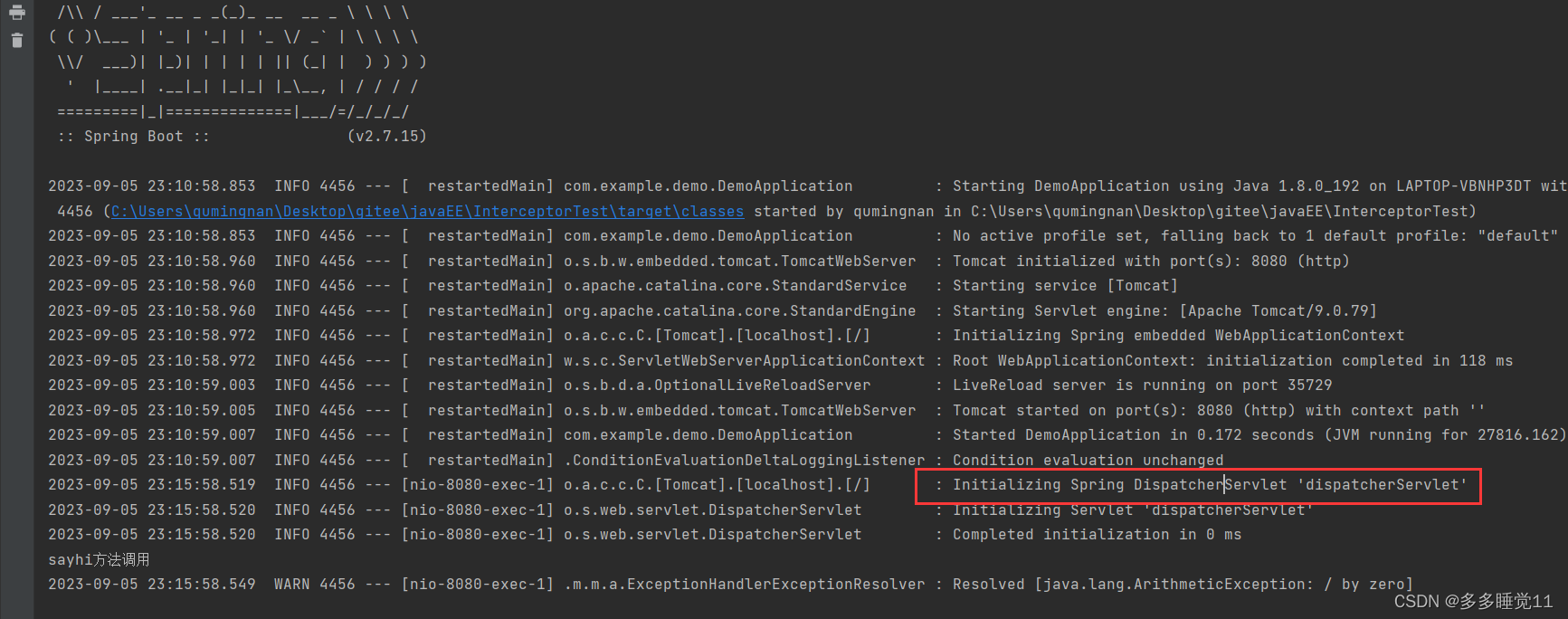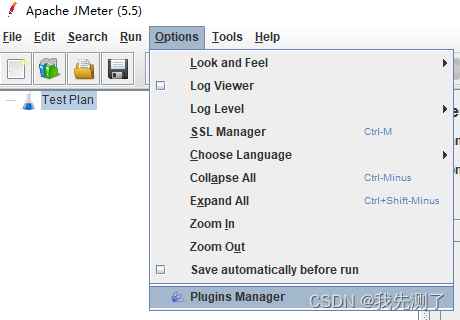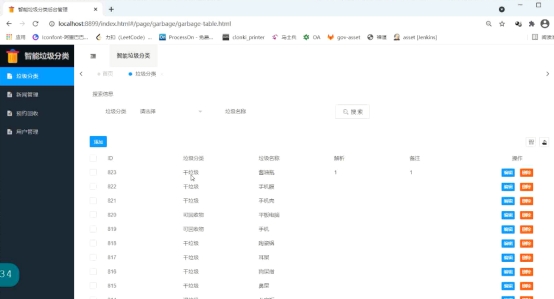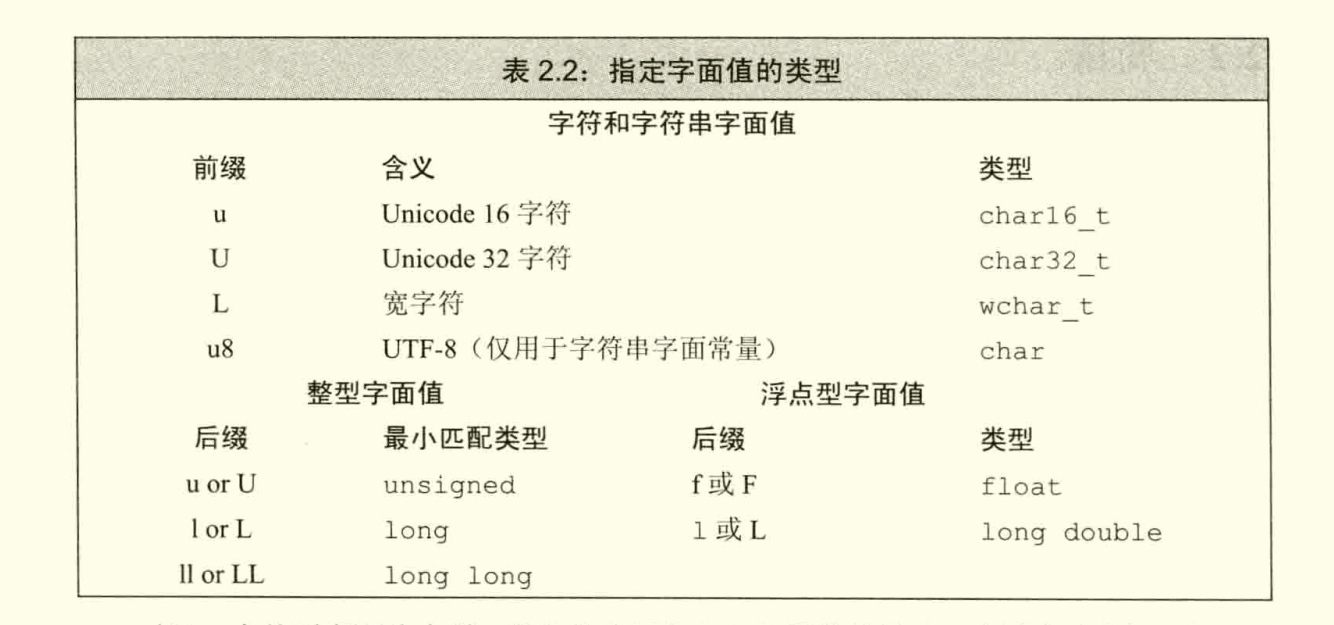在Python编程中,文件I/O操作是常见的任务。本文将介绍一些关于Python文件I/O操作的常见问题及其解决方案,并提供详细的代码示例。

1、问题:如何正确地打开和关闭文件?
解决方案:使用with语句可以确保文件在操作完成后自动关闭,避免资源泄漏。
with open("example.txt", "r") as file:
content = file.read()
2、问题:如何按行读取文件?
解决方案:使用for循环迭代文件对象,逐行读取。
with open("example.txt", "r") as file:
for line in file:
print(line.strip())
3、问题:如何处理文件编码问题?
解决方案:在打开文件时,使用encoding参数指定文件编码。
with open("example.txt", "r", encoding="utf-8") as file:
content = file.read()
4、问题:如何在文件中查找特定内容?
解决方案:逐行读取文件,使用字符串方法(如find或in)检查每行是否包含目标内容。
target = "Python"
with open("example.txt", "r") as file:
for line_number, line in enumerate(file, start=1):
if target in line:
print(f"Found '{target}' at line {line_number}")
5、问题:如何处理大文件?
解决方案:使用生成器函数逐块读取文件,避免一次性加载整个文件。
def read_large_file(file_path, block_size=1024):
with open(file_path, "r") as file:
while True:
data = file.read(block_size)
if not data:
break
yield data
for chunk in read_large_file("large_file.txt"):
process(chunk)
6、问题:如何读写CSV文件?
解决方案:使用Python内置的csv模块处理CSV文件。
import csv
# 读取CSV文件
with open("example.csv", "r") as file:
reader = csv.reader(file)
for row in reader:
print(row)
# 写入CSV文件
data = [["Name", "Age"], ["Alice", 30], ["Bob", 25]]
with open("output.csv", "w", newline="") as file:
writer = csv.writer(file)
writer.writerows(data)
7、问题:如何读写JSON文件?
解决方案:使用Python内置的json模块处理JSON文件。
import json
# 读取JSON文件
with open("example.json", "r") as file:
data = json.load(file)
# 写入JSON文件
data = {"name": "Alice", "age": 30}
with open("output.json", "w") as file:
json.dump(data, file)
Python中的文件I/O操作涉及许多常见问题。在编写代码时,关注这些问题及其解决方案,将有助于提高程序的健壮性和可维护性。
